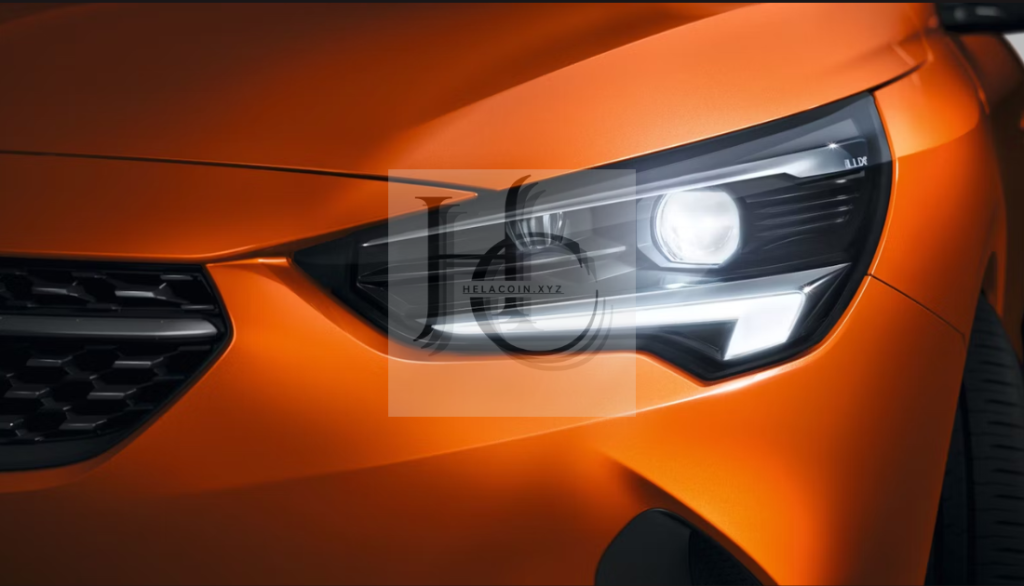Blog
LED vs. Halogen Car Lights: Which is the Better Choice for Your Vehicle?
When it comes to car lights, selecting the best option can make a big difference in your driving experience. LED and halogen lights are the two most common choices, each offering unique benefits and drawbacks. While halogen lights have been the standard for years, LED technology is quickly gaining popularity due to its brightness and energy efficiency. In this article, we’ll break down the differences between LED and halogen car lights, helping you make an informed decision on which type is best for your vehicle.
1. Brightness and Visibility: LED Lights Shine Brighter
One of the most noticeable differences between LED and halogen car lights is brightness. LED lights emit a brighter, more intense light that closely resembles daylight. This feature can significantly improve visibility, especially when driving at night or in challenging weather conditions. LED lights also offer a wider coverage area, illuminating the road more effectively.
In contrast, halogen lights produce a warm, yellowish glow. While this light is adequate for general driving, it doesn’t match the brightness of LED lights. For drivers who frequently drive in low-light conditions, the enhanced brightness of LED lights can make a substantial difference in visibility and safety.
2. Energy Efficiency: LEDs Use Less Power
Another advantage of LED car lights is their energy efficiency. LED lights consume far less power than halogen lights, which is particularly beneficial for electric or hybrid vehicles. By using less power, LED lights place less strain on your car’s battery and alternator, helping to conserve energy and improve overall efficiency.
Halogen lights, on the other hand, are known for their higher energy consumption. They generate light by heating a filament, which requires more power. This added energy use can lead to higher fuel consumption over time, making LED lights a more economical choice in the long run.
3. Lifespan: LEDs Last Much Longer
When it comes to lifespan, LED lights have a clear advantage. On average, LED car lights can last anywhere from 15,000 to 50,000 hours, depending on the quality and usage. This longevity means that LED lights rarely need to be replaced, making them a convenient and cost-effective option for drivers.
Halogen lights, however, have a much shorter lifespan, typically lasting between 500 and 1,000 hours. This means halogen bulbs may need to be replaced more frequently, adding to the cost and maintenance over time. For drivers looking for a low-maintenance solution, LED lights are a smart investment.
4. Heat Production: LED Lights Run Cooler
Another factor to consider when comparing LED and halogen car lights is heat production. LED lights generate minimal heat, as they use semiconductors rather than filaments to produce light. This low heat output not only conserves energy but also reduces the risk of overheating within the headlight housing, prolonging the life of the lights and other nearby components.
Halogen lights, on the other hand, generate a significant amount of heat. Because they rely on heating a filament to produce light, halogen bulbs can become quite hot. This high heat output can sometimes cause issues within the headlight assembly, potentially damaging other components over time.

5. Installation and Compatibility: Halogens Are Widely Available
When it comes to installation, halogen lights have the advantage of widespread compatibility. Most vehicles are equipped with halogen lights as a standard feature, meaning they are easy to replace without the need for special adapters or modifications. Halogen bulbs are also more affordable, making them a practical choice for many drivers.
LED lights, however, may require additional adapters or modifications for proper installation, especially in older car models. While LED conversion kits are available, the installation process can be more complex and costly than simply replacing halogen bulbs. For drivers who value convenience, halogen lights may be a better fit.
6. Cost Considerations: LED vs. Halogen Price Difference
In terms of upfront cost, halogen lights are significantly less expensive than LEDs. Halogen bulbs are affordable and widely available, making them a budget-friendly option for many car owners. This lower cost is one of the main reasons halogen lights remain popular despite the rise of LED technology.
LED car lights, however, come with a higher initial price tag. Despite the added cost, many drivers find that the longer lifespan and energy efficiency of LEDs make them a worthwhile investment. Over time, the cost savings from reduced energy use and fewer replacements can help offset the higher initial expense.
7. Aesthetic Appeal: LEDs Offer a Modern Look
LED lights offer a sleek, modern appearance that many drivers find appealing. The crisp, white light of LEDs gives a car a contemporary look, which can enhance its overall aesthetic. For drivers who appreciate a stylish, up-to-date appearance, LED lights are a popular choice.
Halogen lights, with their warm, yellowish hue, offer a more traditional look. While they may not provide the same visual impact as LEDs, some drivers prefer the classic feel of halogen lighting. Ultimately, the choice comes down to personal preference and the desired look for your vehicle.
8. Environmental Impact: LEDs Are More Eco-Friendly
LED lights are also more environmentally friendly than halogen lights. Because they use less energy and have a longer lifespan, LEDs contribute less waste and consume fewer resources over time. The reduced heat output of LEDs also minimizes their environmental footprint, making them a more sustainable choice.
Halogen lights, with their higher energy consumption and shorter lifespan, produce more waste and consume more energy. For environmentally conscious drivers, LED lights offer a greener alternative that aligns with eco-friendly values.
Conclusion: Which Car Light is Right for You?
When comparing LED vs. halogen car lights, each option has its own set of advantages. LED lights offer superior brightness, energy efficiency, and lifespan, making them an excellent choice for drivers who prioritize performance and sustainability. However, halogen lights remain a reliable, budget-friendly option, especially for those who value ease of installation and a classic look.
Ultimately, the best choice depends on your driving needs, budget, and aesthetic preferences. For drivers who frequently drive at night or in challenging conditions, the enhanced visibility of LEDs may be worth the investment. On the other hand, if you’re looking for an affordable, widely compatible option, halogen lights offer a practical solution.
By understanding the differences between LED and halogen car lights, you can make an informed decision that enhances both your safety and driving experience. Whichever option you choose, upgrading your car lights is a smart step toward better visibility and a safer journey on the road.

